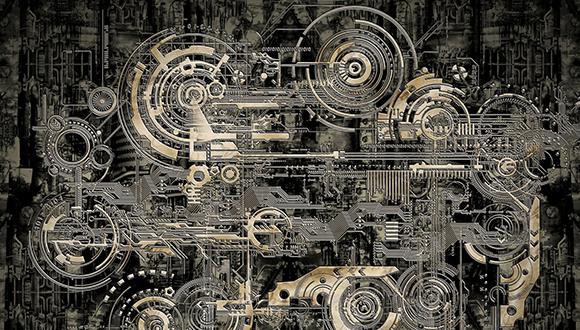סמינר מחלקה של חן דהן שהרבני - מודלים מיקרו-מכאניים רב-פאזיים של PHFGMC עבור חומרים מרוכבים מטריצת קרמיקה מבוססי C/C-SiC
School of Mechanical Engineering Seminar
Wednesday June 21.6.2023
Wolfson Building of Mechanical Engineering, Room 206
Multi-phase PHFGMC micromechanical models for C/C-SiC based Ceramic Matrix Composites
Chen Dahan Sharhabani
M.Sc. research under the supervision of Prof. Rami Haj-Ali Tel Aviv University, Department of Mechanical Engineering
New advanced carbon-based Ceramic Matrix Composites (CMCs) are a novel class of materials that overcome the oxidation encountered in C/C applications, including hypersonic systems. CMCs inhibit good mechanical properties (relative to C/C), favorable damage tolerance (Compared to ceramics), and relatively low density. This cluster of properties advances the use of CMCs in high-temperature aerospace, energy, and transport applications, where an oxidation environment is present. The properties of fiber-reinforced ceramics depend strongly on their microstructure and composition. In addition, CMC final thermomechanical properties depend strongly on fiber and ply architecture and the manufacturing parameters controlling the different thermal steps used during manufacturing.
An iterative material design development and manufacturing, followed by material characterizations and evaluations, can be cost-prohibitive and requires a longtime approach. This study advocates using predictive micromechanical models in CMC material design to reduce cost and design time cycle. Most micromechanical models consider the phases that inhibit the composite material and can perform average or equivalent properties over the volume of the phases. More advanced and refined micromodels recognize and account for several microstructural details, including dominant phases and their interface (or interphase) parameters. These refined models should be capable of nonlinear and damage predictions and can be readily used to study the effect of porosity (or voids) on elastic behavior.
The current study introduces a refined micro-modeling framework that recognizes several material and microstructural details of the CMC material using the parametric high-fidelity generalized method of cells (PHFGMC). The PHFGMC can attain high-accuracy solutions for realistic physical problems of composite materials and allows the nonlinear thermomechanical solution for multiscale and multi-phase three-dimensional problems.
A two-level hierarchical framework based on the PHFGMC micromechanical model is implemented using CT-based C/C-SiC ceramic matrix composite scan geometries. Towards that goal, two nested PHFGMC micromechanical models are nested and integrated to represent the CMC micro and meso material levels. The proposed framework enables a realistic depiction of the material structure and allows for calculating the effective orthotropic properties of a single lamina. The proposed modeling can be used to design a broad class of CMC materials with different weave architectures. Our PHFGMC prediction results were compared to mechanical properties conducted in collaboration with Rafael's advanced material lab for the tensile behavior of CMC specimens. The proposed PHFGMC framework demonstrated good prediction results.
Join Zoom Meeting https://tau-ac-il.zoom.us/j/86497933118


